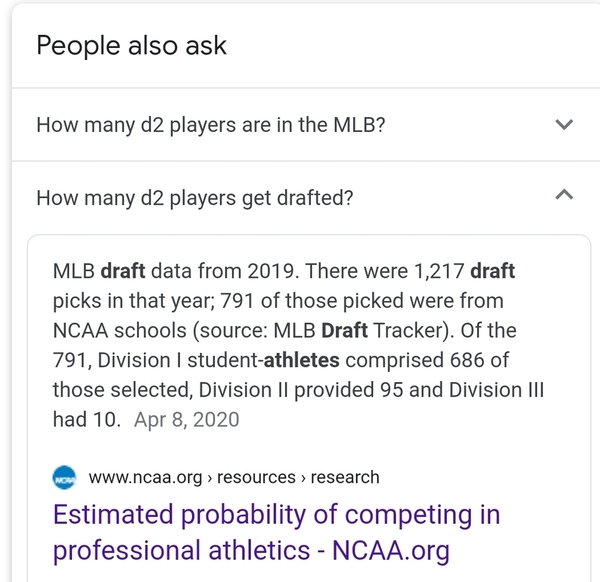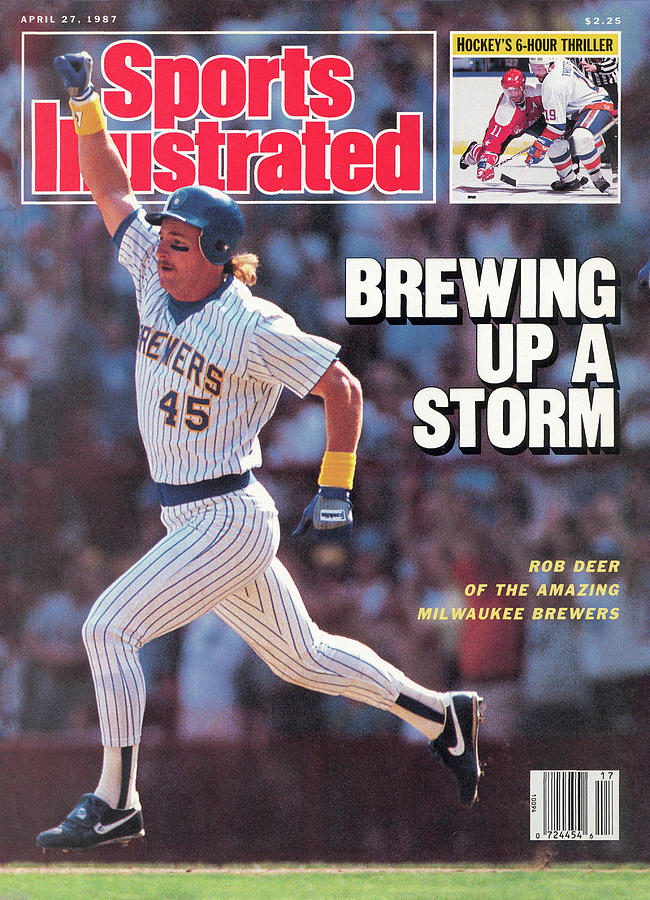I think two factors have made pro ball even harder in the last years:
1) velo
Just a couple years ago the average FB was like 90 and as long you could hit 91 consistently you could get by even if high 90s overwhelmed you, at least at lower levels. But nowadays even in rookie ball you will see 95 every game. Not every pitcher but at least one pitcher per game.
That means you need to be able to hit mid 90s consistently.
2) breaking balls
Fastball usage in mlb consistently went down the last years. Nowadays many pitchers throw less than 50% fastballs. That means that the good old spit on breaking balls and hit fastballs will work less because if you do that you will see get me over curve, coupled with chest high fastballs and then you have to hit the off speed stuff.
Still nobody hits a great curve and you better hit a good fastball if you see it but you at least need to be able to hit the get me over curve that many pitchers now use with one strike or you will hit in 2 strike counts all the time.
I think this is a big difference to college ball, in college a good approach can mask weaknesses if you are able to consistently square up upper 80s and don't chase all the junk but pro ball pitchers have the stuff to expose that and that upper 80s "bread and butter" fastball over the plate will be a rare thing in pro ball.
That means the pro scout who sees you producing well against 86-90 fastballs over the plate has to decide whether that will scale against 96 and mid 80s sliders.



